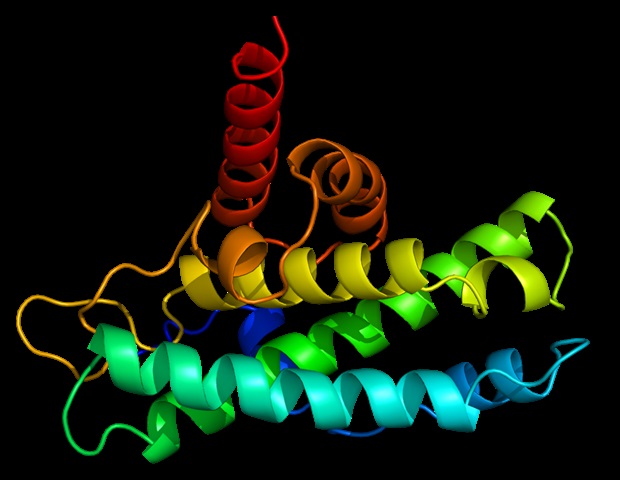Review article published on engineering It explores key areas of organ preservation, exploring its history, current techniques and future prospects. The shortage of donor organs, as stated by the World Health Organization, is only meeting about 10% of the global demand for organ transplants. This shortage is further exacerbated by current limitations in organ preservation methods.
Currently, the main clinical methods for organ preservation are static cold storage (SCS) and mechanical perfusion (MP). SCS, which involves storing organs in a low temperature (usually 4°C) stock solution, is simple and cost-effective. For example, it is widely used in Japan for kidney preservation. However, it is only possible to maintain organ function for a limited time. For kidneys, storage time is 12-24 hours. For lungs, 6-8 hours; and for the heart, 4-6 hours. Long-term SCS can lead to problems such as adenosine triphosphate (ATP) depletion, metabolite accumulation, and subsequent ischemia-reperfusion injury (IRI), leading to organ damage and graft failure.
On the other hand, MPs can extend storage time. Hypothermic perfusion (HMP) can maintain organ function for several days by providing a continuous supply of oxygen and nutrients. Normal temperature perfusion (NMP), which simulates normal body temperature, has sometimes exhibited excellent transplant survival rates, such as liver transplants. However, it also has its own problems, such as non-ossification biliary stenosis in liver transplants.
In recent years, cryopreservation techniques have emerged as a promising alternative. In particular, vitrification is considered a potentially effective long-term organ preservation method. This involves replacing some of the organ water with solutes to form a glassy state, avoiding the formation of ice crystals. However, high concentrations of cryoprotectants (CPAs) are required for vitreousization, which can cause cell toxicity issues. To address this, researchers are investigating a variety of strategies, including using ievariability conservation to reduce the concentration of CPA at the required concentration, and developing new rotational techniques.
This paper also covers the preservation of various major organs. In the case of the kidneys, in addition to SCS and MP, inhibitory cryopreservation showed potential, and after 100 days, a successful transplant of cryopreserved rat kidney was achieved. In the case of the liver, MP technology has been developed to address the high rate of discarding due to IRI. Although the heart faces challenges in conservation due to its high ATP consumption, MP and vitrification-based methods have been investigated. Lungs currently stored for a short period of time, mainly by SCS, may benefit from ex vivo Future pulmonary perfusion (EVLP) and cryopreservation. Intestinal preservation is extremely important, but challenging due to its large bacterial reservoir, and MP techniques are being investigated to improve results.
While great progress has been made in organ preservation, there have been a long journey to date. Future research should focus on devising more efficient conservation strategies, minimizing CPA toxicity and enhancing re-temperature technology. This will allow you to achieve long-term, high-quality organ preservation, and ultimately solve the problem of organ shortages.
sauce:
Journal Reference:
Liu, X. , et al. (2024). Organ preservation: history, progress, perspective. engineering. doi.org/10.1016/j.eng.2024.12.020.

